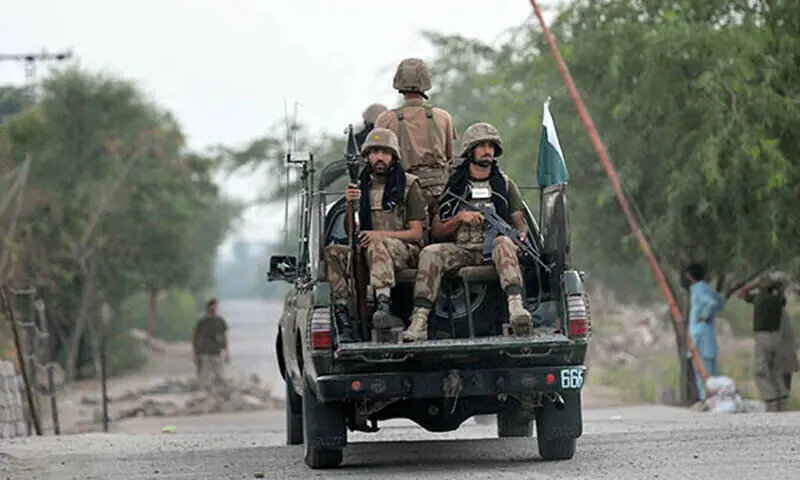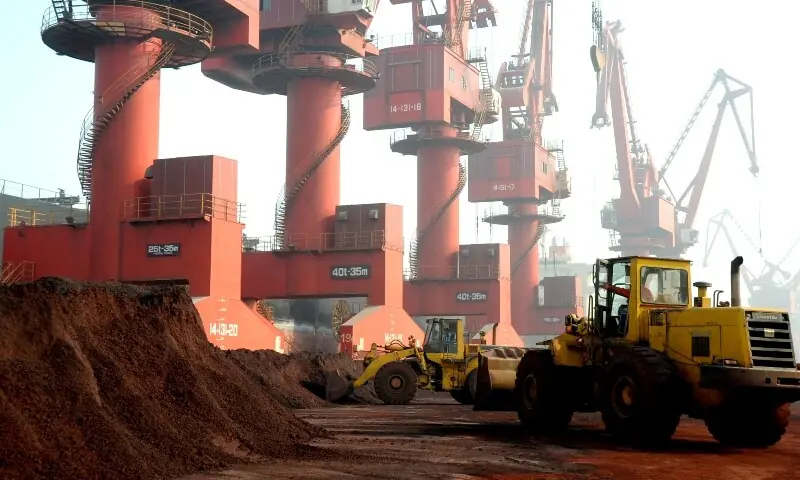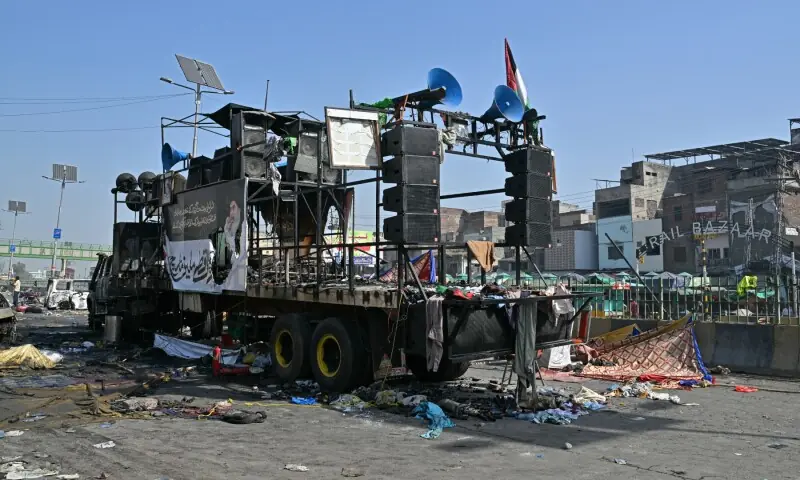PAKISTAN remains caught between cautious economic optimism and persistent challenges. This is the central message of the IMF’s latest assessment of the country’s prospects for the current fiscal year and its medium-term growth trajectory.
The Fund’s new World Economic Outlook report projects Pakistan’s GDP will grow a modest 3.6 percent, with average headline inflation rising slightly to 6 percent from 4.5 percent last year, and the current account balance moving from a 0.5 percent surplus to a manageable deficit of 0.4 percent, double the Finance Ministry’s estimate of 0.2 percent. GDP.
These projections, issued days after the IMF completed its two-week review of the economy this month, appear quite optimistic, given that they do not take into account the economic impact of the recent devastating floods. Therefore, a review of the Fund’s outlook cannot be ruled out once flood loss estimates are finalized. The government has already reduced its own growth target for the year from 4.2 percent to 3.5 percent, while the World Bank expects growth to slow to around 2.6 percent in light of flood damage.
Should we be worried about “worsening” economic fundamentals? Fortunately, even the new projections do not suggest a reversal of our hard-won economic stability, at least for now. What they highlight, however, is that the recovery remains fragile, constrained by the economy’s limited capacity to absorb internal and external shocks, and that Pakistan is unlikely to emerge from its low-growth trap in the short to medium term without risking further economic hardship.
Meanwhile, the 33 per cent year-on-year rise in the trade deficit to $9.4 billion during the first quarter of the current fiscal year, up from $7 billion a year ago, is a worrying sign for economic stability, especially as the impact of the floods is yet to manifest itself in the trade balance. For some analysts, this marked widening of the trade gap, driven by an increase in imports and a decrease in exports, indicates possible economic overheating, raising concerns about the sustainability of the current growth pattern.
If the trend continues, we could end up with an annual trade deficit exceeding $36 billion (almost $10 billion more than last year), putting new pressures on newly accumulated foreign exchange reserves. Previously, high trade deficits have repeatedly undermined economic stability, stifled growth, fueled inflation and limited investment by triggering balance of payments crises every few years. That is what Pakistan has experienced in recent years.
The economy will remain vulnerable to internal and external shocks, including extreme weather events, until it creates conditions conducive to attracting investment in productive sectors to expand and diversify exports. The stakes could not have been higher for a country desperately seeking sustainable and inclusive economic growth in the face of low productivity, stagnant private investment, a high trade deficit and high debt. The floods may not have caused these challenges, but they will exacerbate them.
Published in Dawn, October 16, 2025








